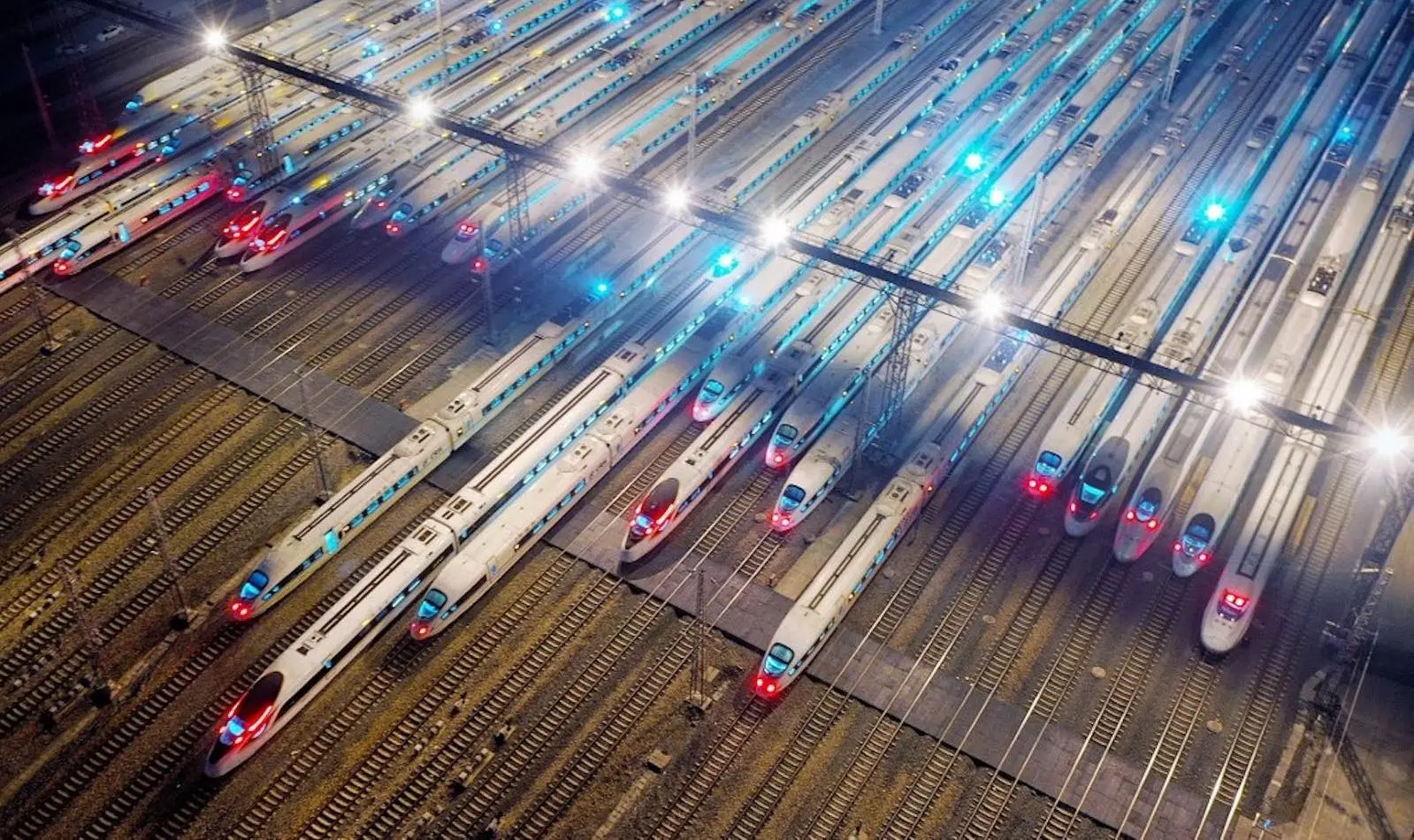China has one of the most developed high-speed rail networks in the world, with fast and effective infrastructure connecting cities and regions. By using the idea that the quickest path between two sites is a straight line, it was decided to construct many tunnels through the mountains rather than taking alternate routes that would have resulted in longer travel times and higher overall expenses.
According to wikipedia data:
- Ridership 3.660 billion passenger trips (2014)
- Passenger km 1,470.66 billion passenger-kilometres (2014)
System length
- Total 155,000 km (96,000 mi) (2022)
Drilling into the mountains reduced the need to down trees, protecting the nearby woods and farmland. This tactic also had positive environmental effects. Natural habitats may now be preserved, preserving the environment and lessening the influence on wild animals thanks to the development of tunnels.
This strategy also prevented the danger of contamination in the most vulnerable places and fragmented the territory, showing how a major infrastructure project can be completed with environmental considerations.
The Chinese railway system, which offers a quicker and greener alternative to conventional road or air transport systems, has become a model of growth because to its emphasis on efficiency and sustainability. It also strikes a balance between technical advancement and environmental preservation.
